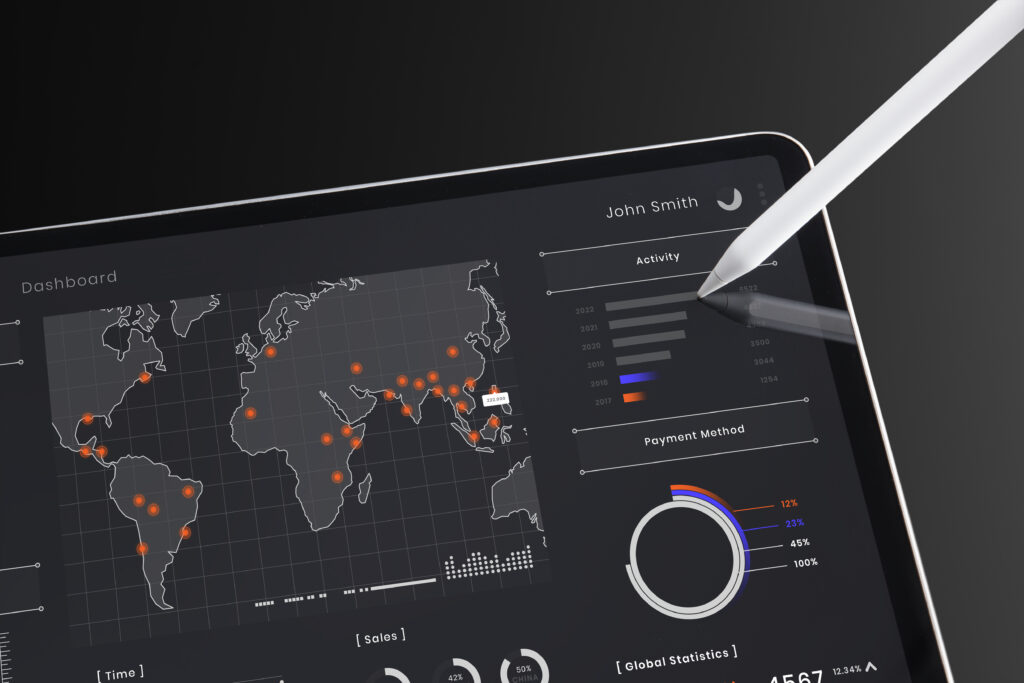Turnover doesn’t start at the exit interview—it starts when everyday systems make work harder than it needs to be. Often overlooked, IT plays a central role in shaping how employees experience their workplace. When technology frustrates, productivity suffers. When it is enabled, morale grows.
That’s why forward-looking organizations are paying attention to IT services that support employee retention and morale. Not as an afterthought, but as a foundation.
Modern IT Support Builds Confidence
Employees rely on technology to do their jobs. If support is slow, impersonal, or inconsistent, frustration builds over time. Traditional break-fix models rarely inspire trust.
By contrast, proactive IT support helps users feel seen and supported. This includes:
- Multi-channel helpdesk options (live chat, phone, email)
- Clear ticket tracking and escalation
- Friendly, knowledgeable technicians who follow through
When employees know that tech hiccups won’t derail their day, they can focus on work. It signals that their time and contributions matter.
A Smooth Start: Tech-Driven Onboarding
First impressions count. A disorganized or incomplete tech setup in a new role sends the wrong message. Onboarding delays due to missing credentials, incompatible software, or unclear access only add stress.
Effective IT onboarding looks like:
- Devices that arrive ready to go, pre-configured, and secure
- Accounts provisioned in advance
- A guided walkthrough of core systems and communication tools
This smooth start communicates readiness and respect. It helps new employees gain momentum quickly—and makes them more likely to stay.
Hybrid Work Support is Infrastructure, Not Perk
Remote and hybrid work are here to stay. But flexibility without the right tools quickly turns into friction. Employees need access to critical systems without roadblocks.
Strategic IT services for hybrid environments include:
- Cloud-based collaboration tools (Google Workspace, Microsoft 365)
- Secure, always-on VPN or zero-trust access
- Remote monitoring and endpoint support
- Equipment management for home offices
The message here is clear: location should never limit your ability to contribute. Organizations that get this right support not just where people work, but how they work.
Digital Experience Monitoring: Finding Silent Pain Points
Sometimes, the tech works—but not well enough. Lagging applications, frequent reboots, or slow logins quietly undermine morale. Yet these issues often go unreported.
That’s where Digital Experience Monitoring (DEM) comes in. These tools give IT real-time insight into:
- Application and system responsiveness
- Device health and network performance
- Trends in slowdowns and errors across teams
With this data, IT can identify and fix issues before they escalate. Employees benefit from fewer disruptions and less frustration, often without needing to raise a hand.
Self-Service IT Isn’t Just Convenient—It’s Empowering
Employees don’t want to wait three hours for a password reset. Nor should they. Repetitive, low-complexity tasks are best handled with automation and self-service tools.
Effective self-service IT includes:
- Access to an intuitive knowledge base
- Automated workflows for frequent tasks like software requests
- Smart portals that guide users through solutions before they submit a ticket
This empowers employees and frees IT staff to focus on more strategic work. It’s a win-win that also reinforces trust and autonomy.
Security That Protects Without Slowing You Down
Security is essential. But when it’s overly restrictive or confusing, it erodes trust. Locked-down systems and vague policies lead to workarounds that put data at risk.
A balanced security strategy:
- Implements user-friendly authentication methods (SSO, MFA)
- Provides clear, jargon-free explanations of policies
- Uses regular, engaging training to build awareness
Employees are more likely to follow protocols when they understand the “why.” When security is seamless, it enhances confidence instead of diminishing it.
Feedback Loops Keep IT Accountable and Adaptive
How do you know if IT services are working for employees? Ask them. More importantly, act on what they say.
Effective feedback strategies include:
- Surveys after support interactions
- Quarterly check-ins with department heads
- Anonymous feedback forms or IT suggestion boxes
What matters most is transparency—closing the loop. When employees see changes based on their input, it fosters a sense of ownership and strengthens their connection to the organization.
Why IT Services Directly Influence Retention
Each of these services might seem tactical in isolation. But together, they create a working environment that feels intuitive, supportive, and responsive. That’s the kind of environment people want to stay in.
Technology isn’t neutral. When it works well, it amplifies trust and clarity. When it falters, it chips away at confidence. IT is no longer just a backend function—it’s part of the employee experience.
When organizations treat IT services as a reflection of culture and commitment, the results show up in engagement, productivity, and yes—retention.
Conclusion
When technology is responsive, accessible, and aligned with how people work, it does more than support operations—it strengthens the culture.
IT services that support employee retention and morale don’t have to be flashy or expensive. They have to be intentional. Thoughtfully managed IT empowers people to do their best work, and that sense of empowerment is what keeps them around.





